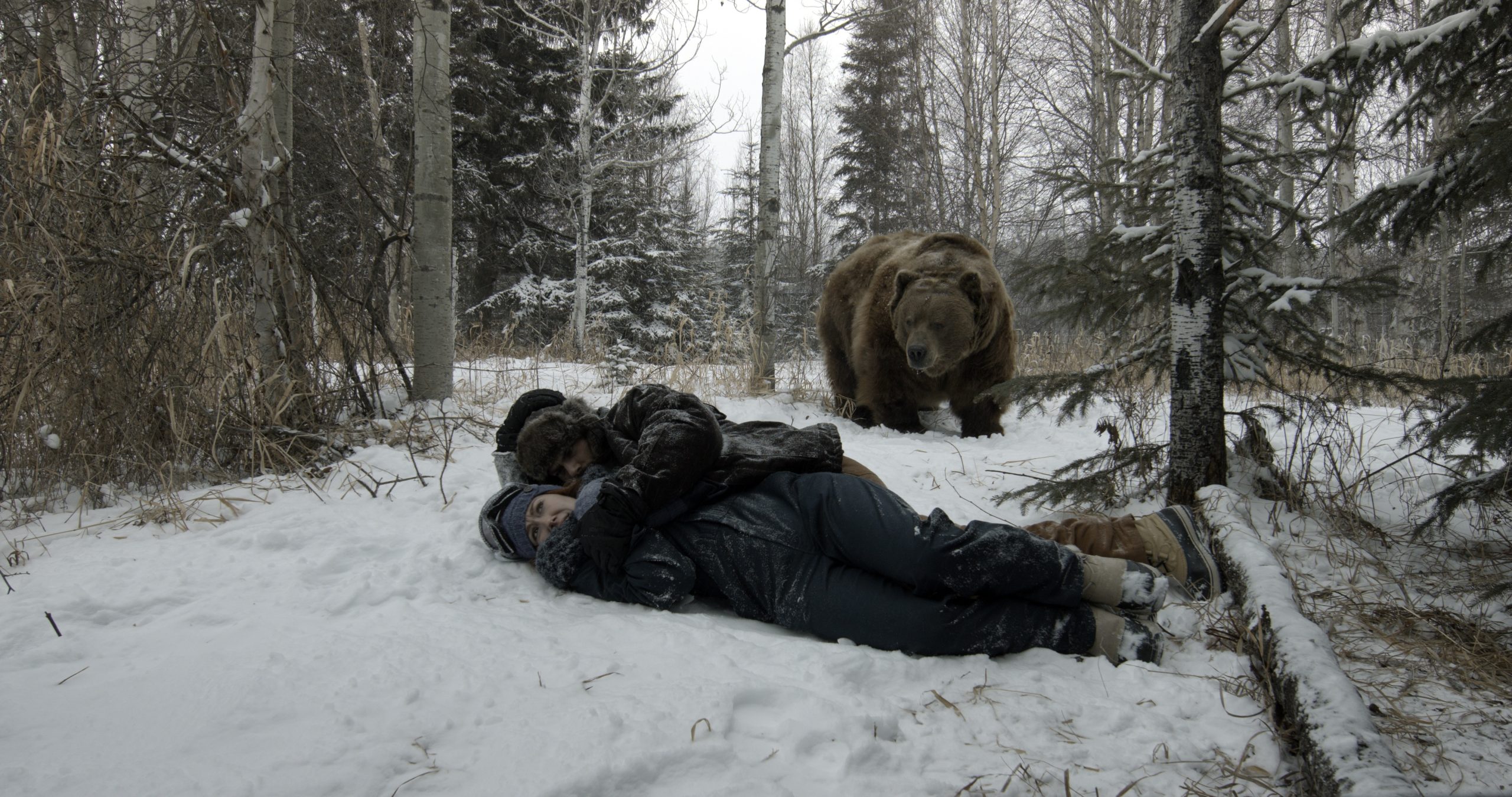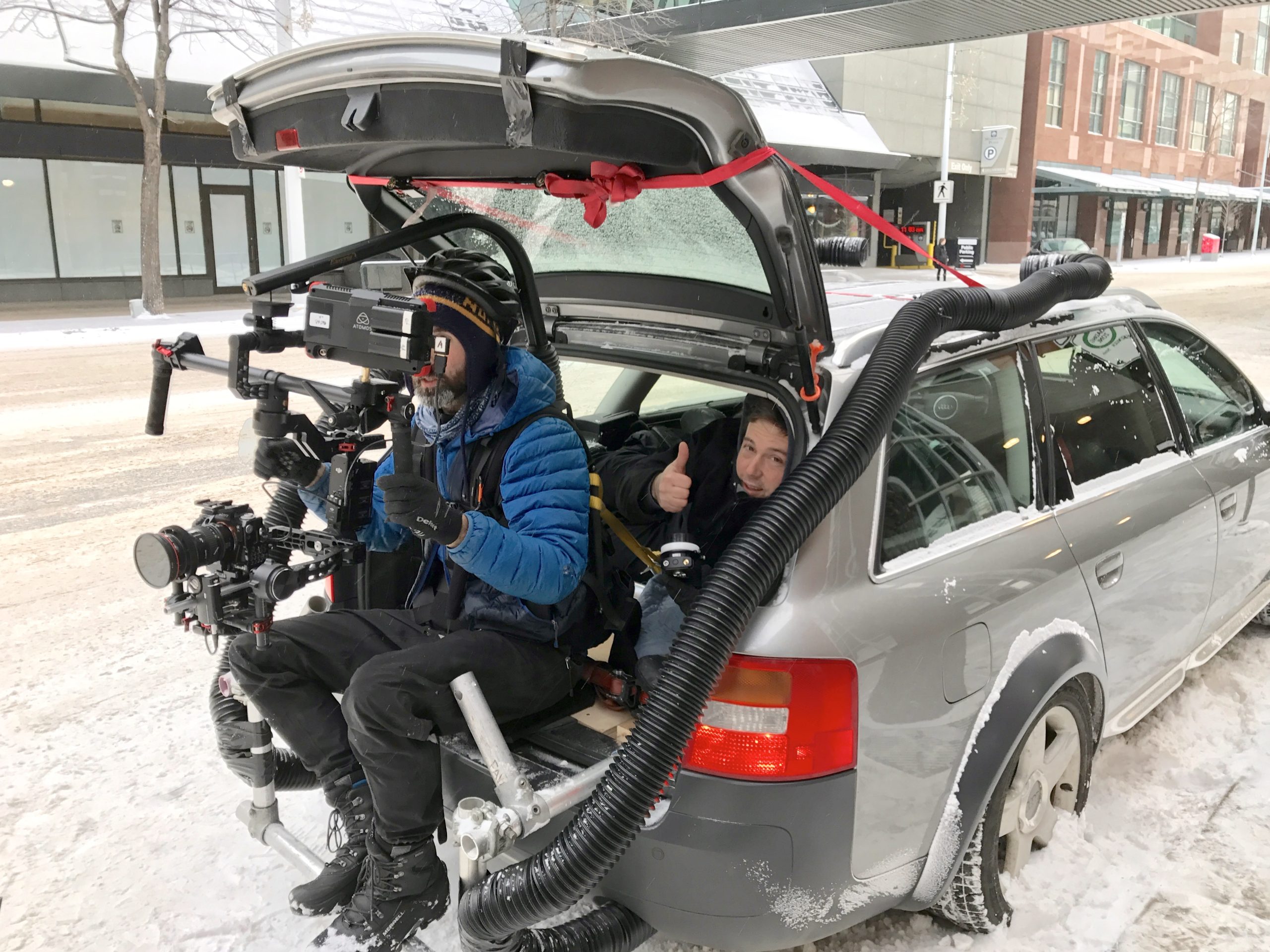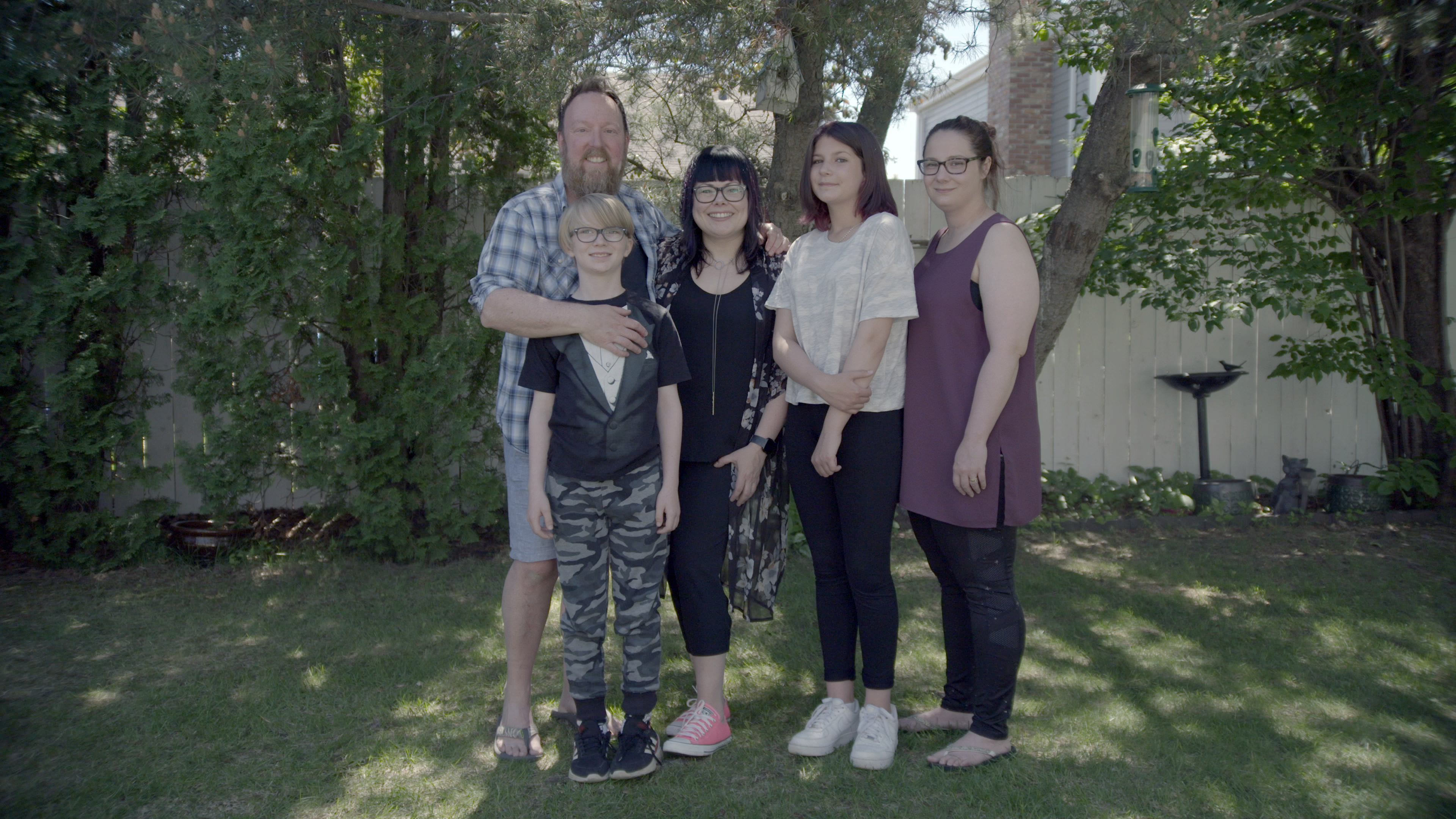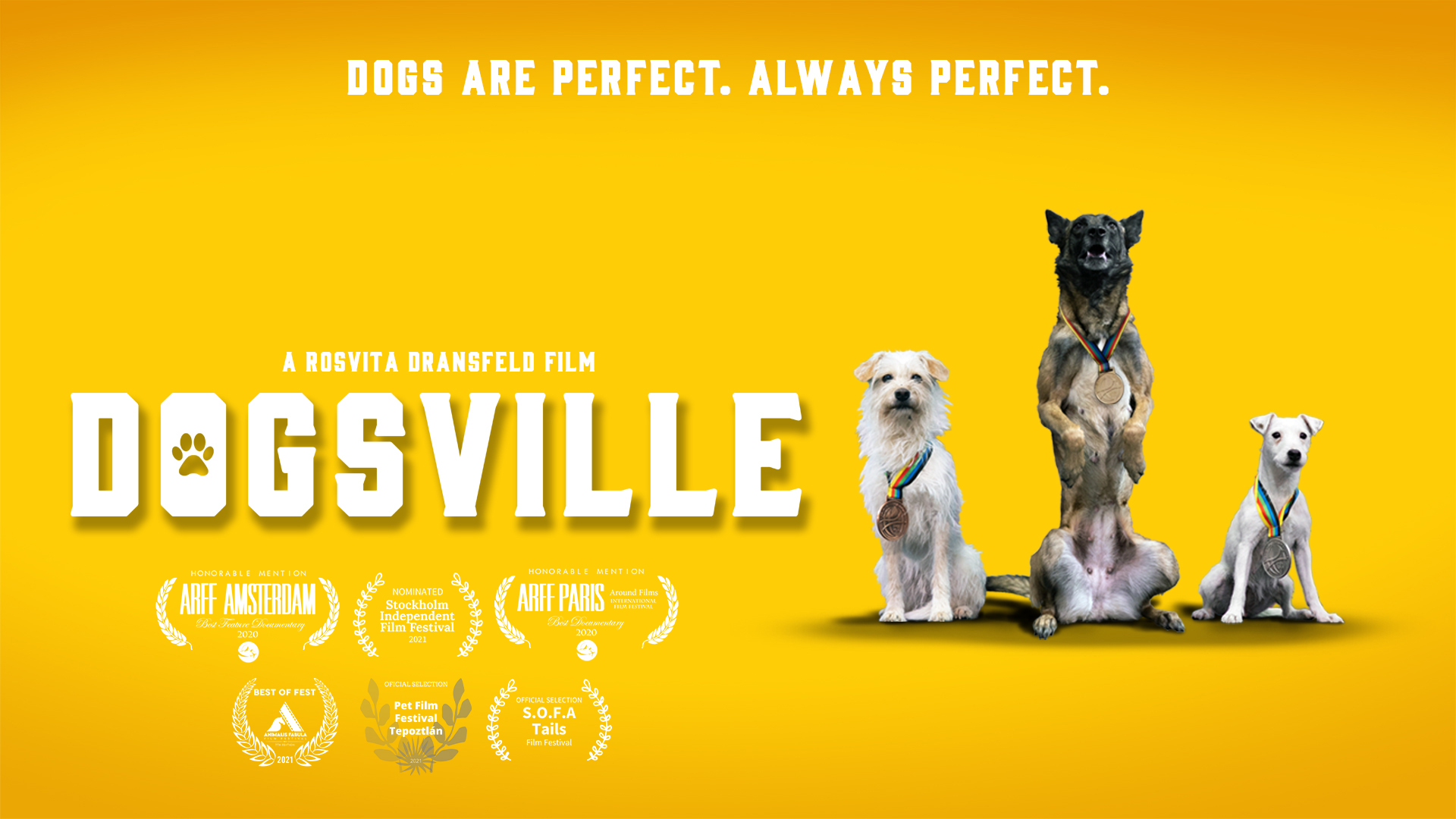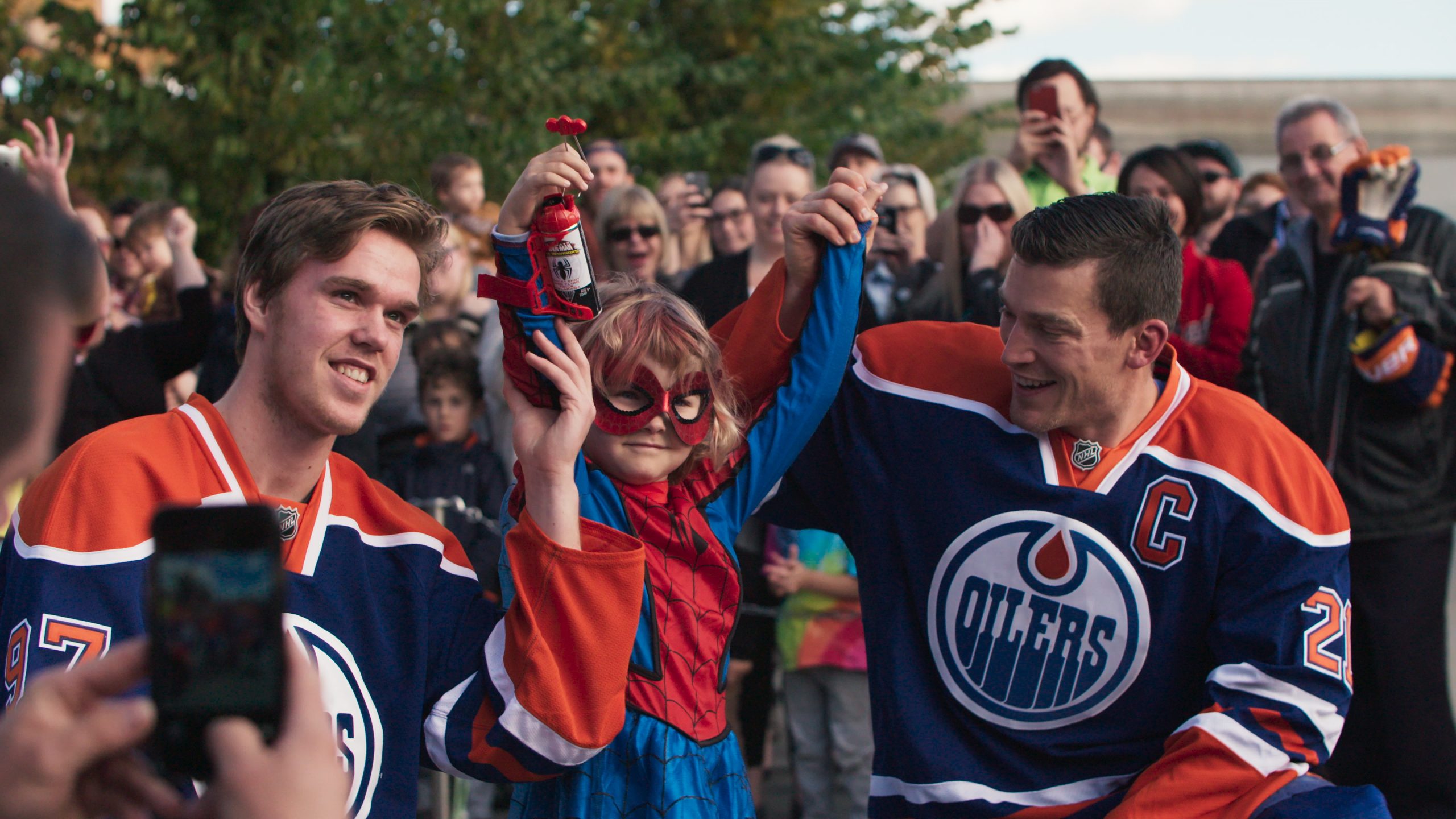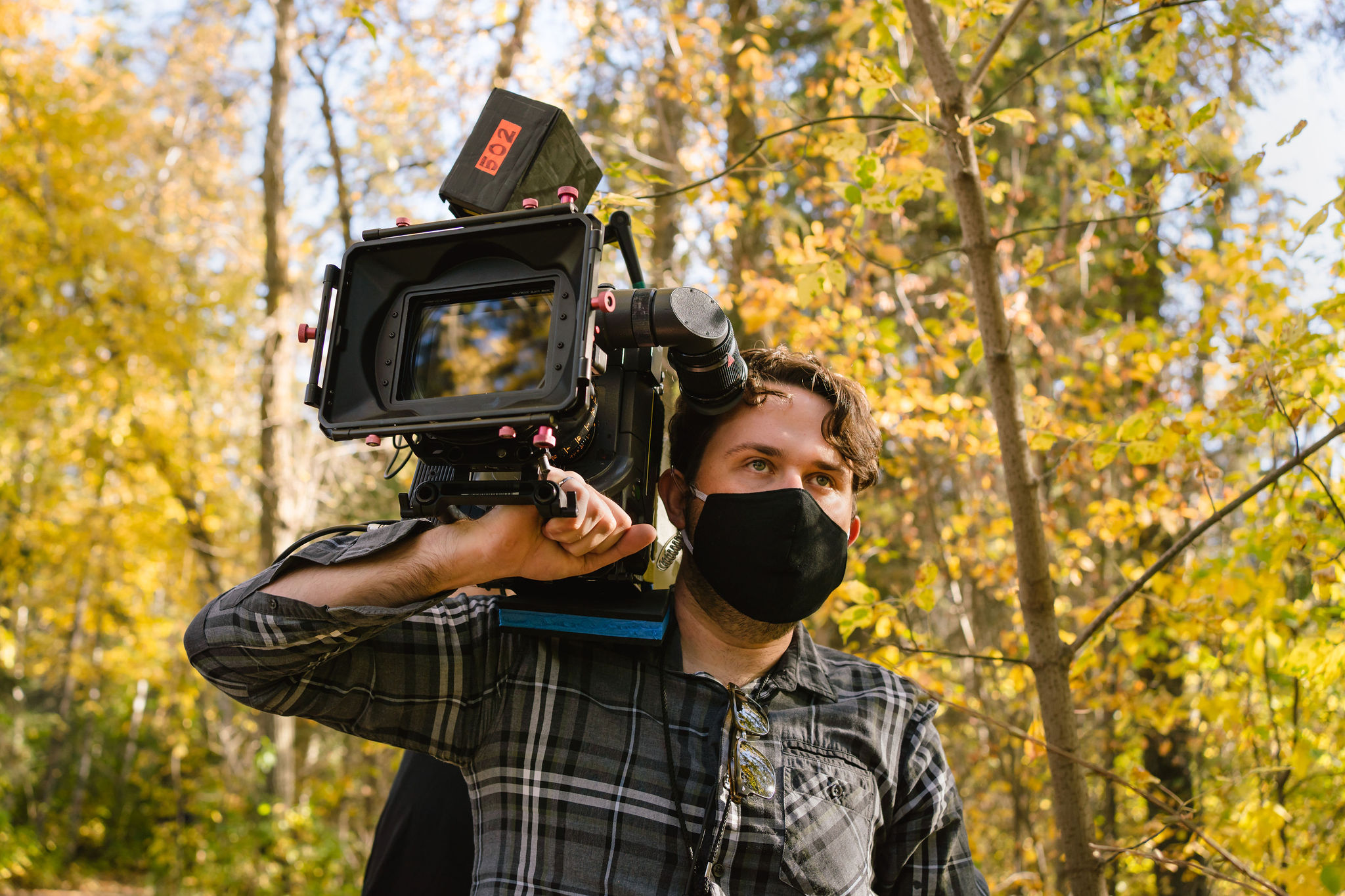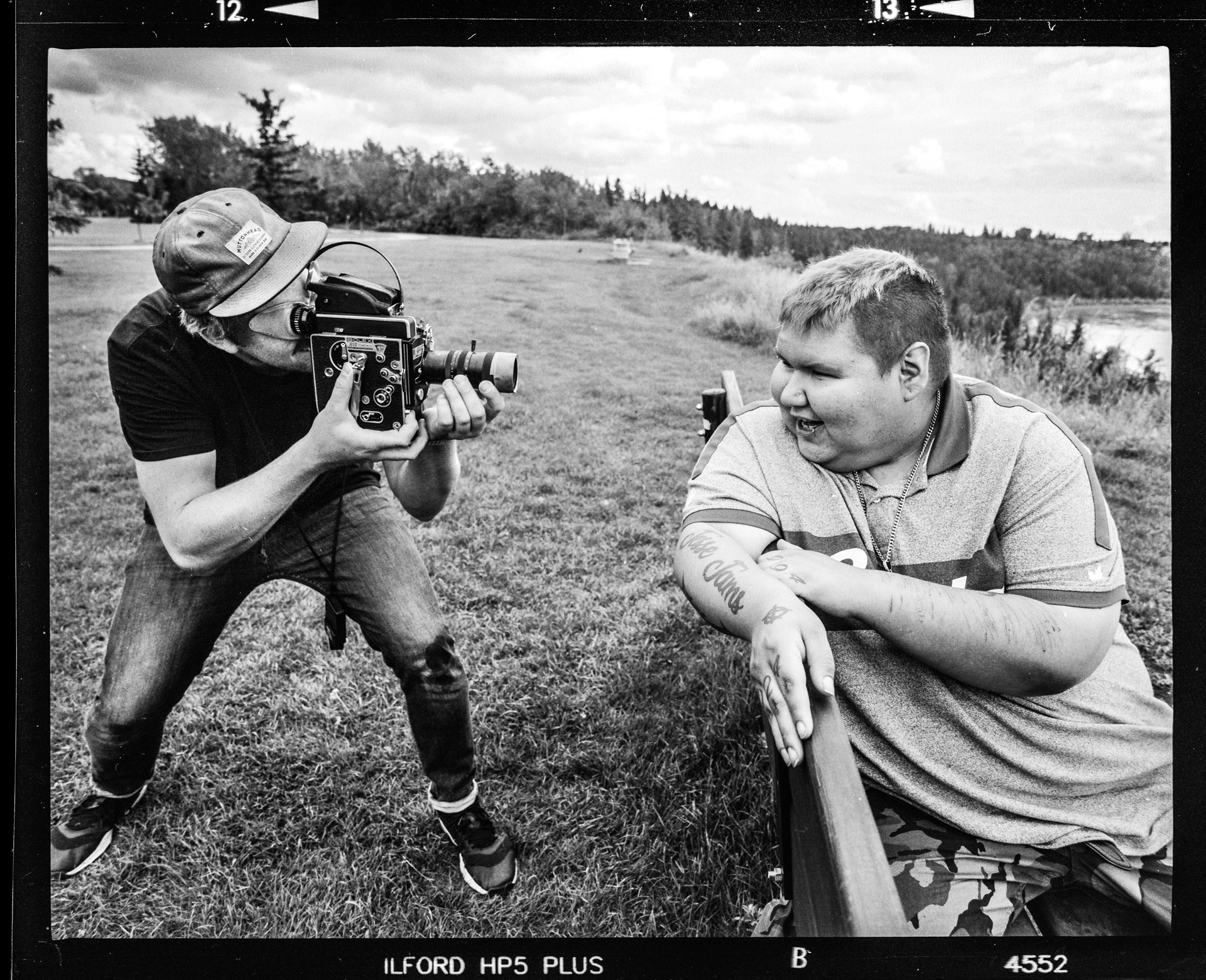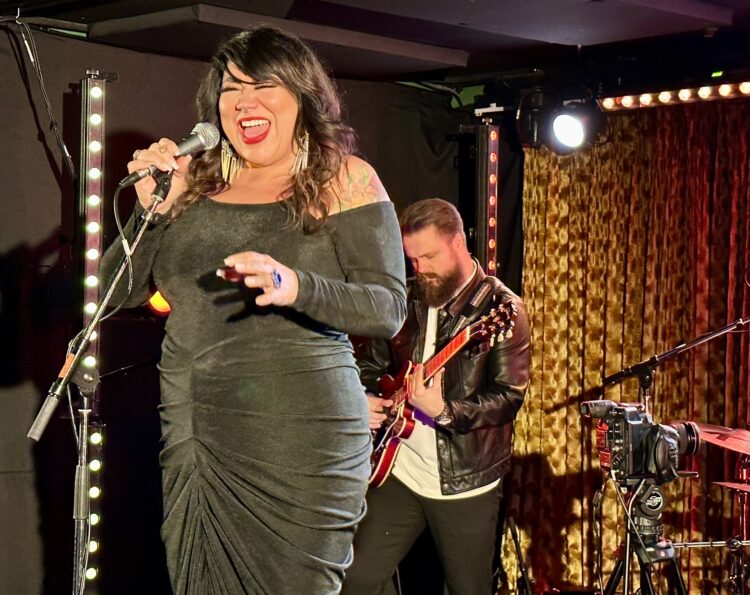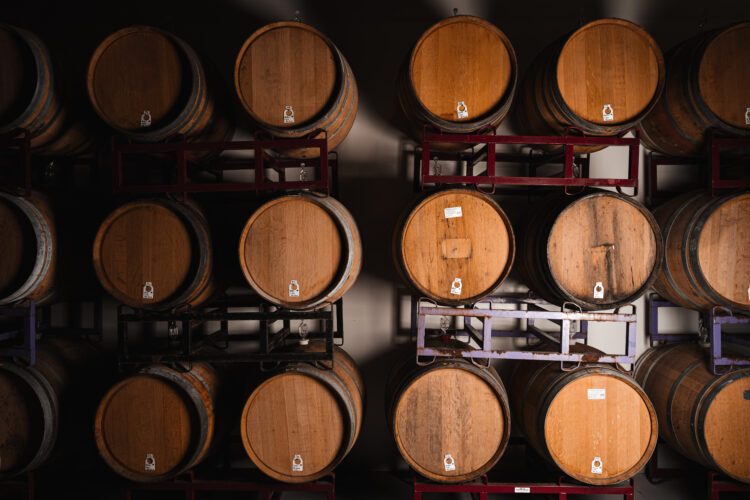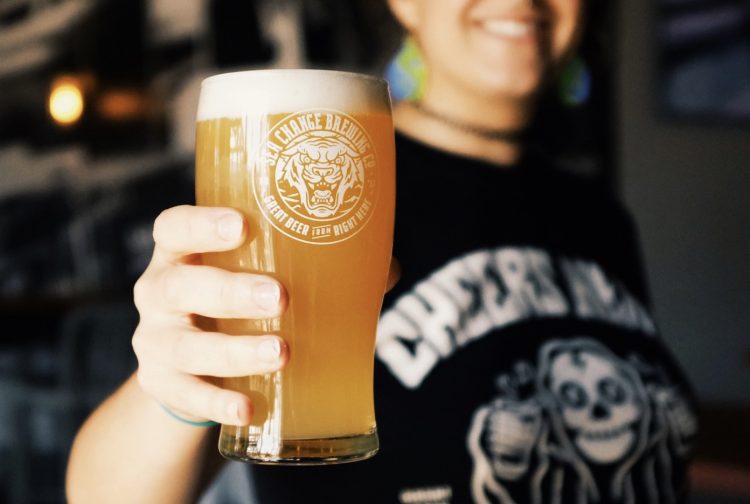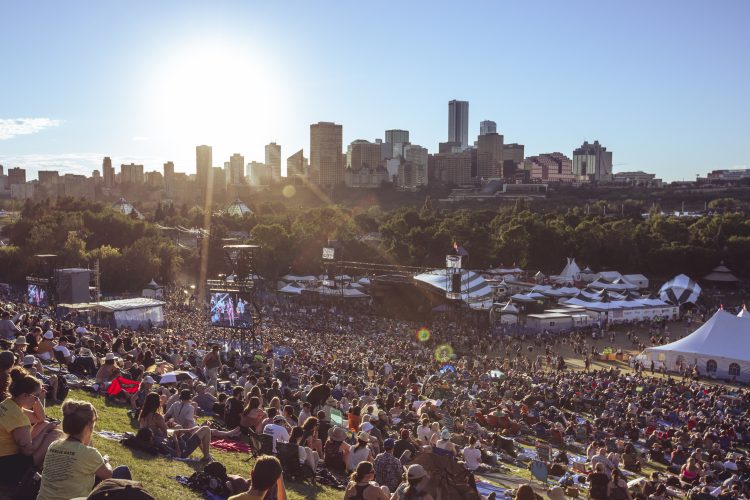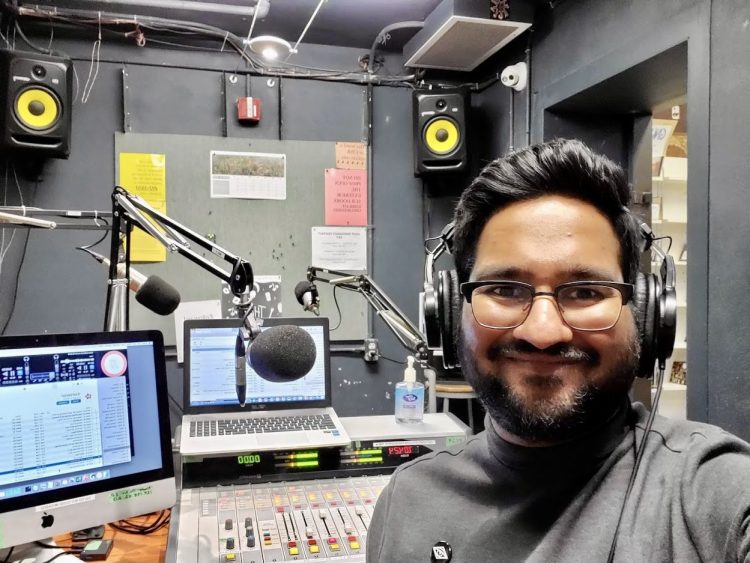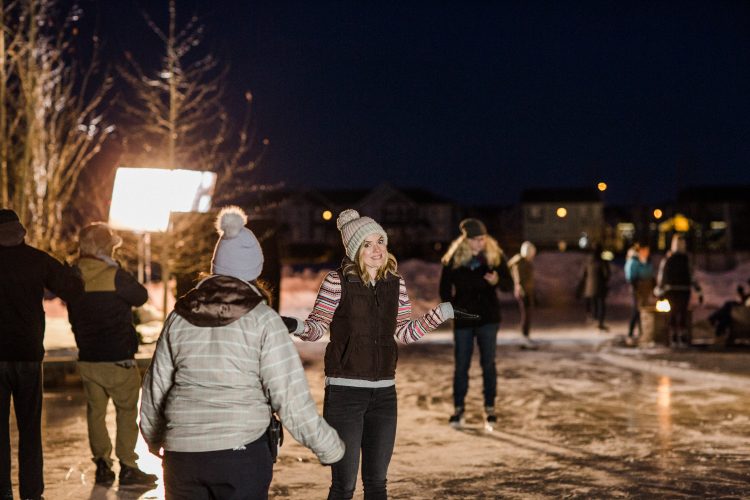On screen, the city has starred in everything from American westerns (The Assassination of Jesse James by the Coward Robert Ford) to horror (Prom Night II, NBC’s Fear Itself) to winter rom-coms (Christmas With a Crown, 40 Below and Falling) to heartwarming documentaries (SpiderMable).
You can also spot Edmonton in David Cronenberg’s 1979 movie about drag racers, Fast Company; in Anne Wheeler’s World War II-era classic, Bye Bye Blues; and, in Canada’s influential sketch comedy series, SCTV(external link). More recently, HBO shot a few scenes of its dystopian road trip, The Last Of Us, in downtown Edmonton.

